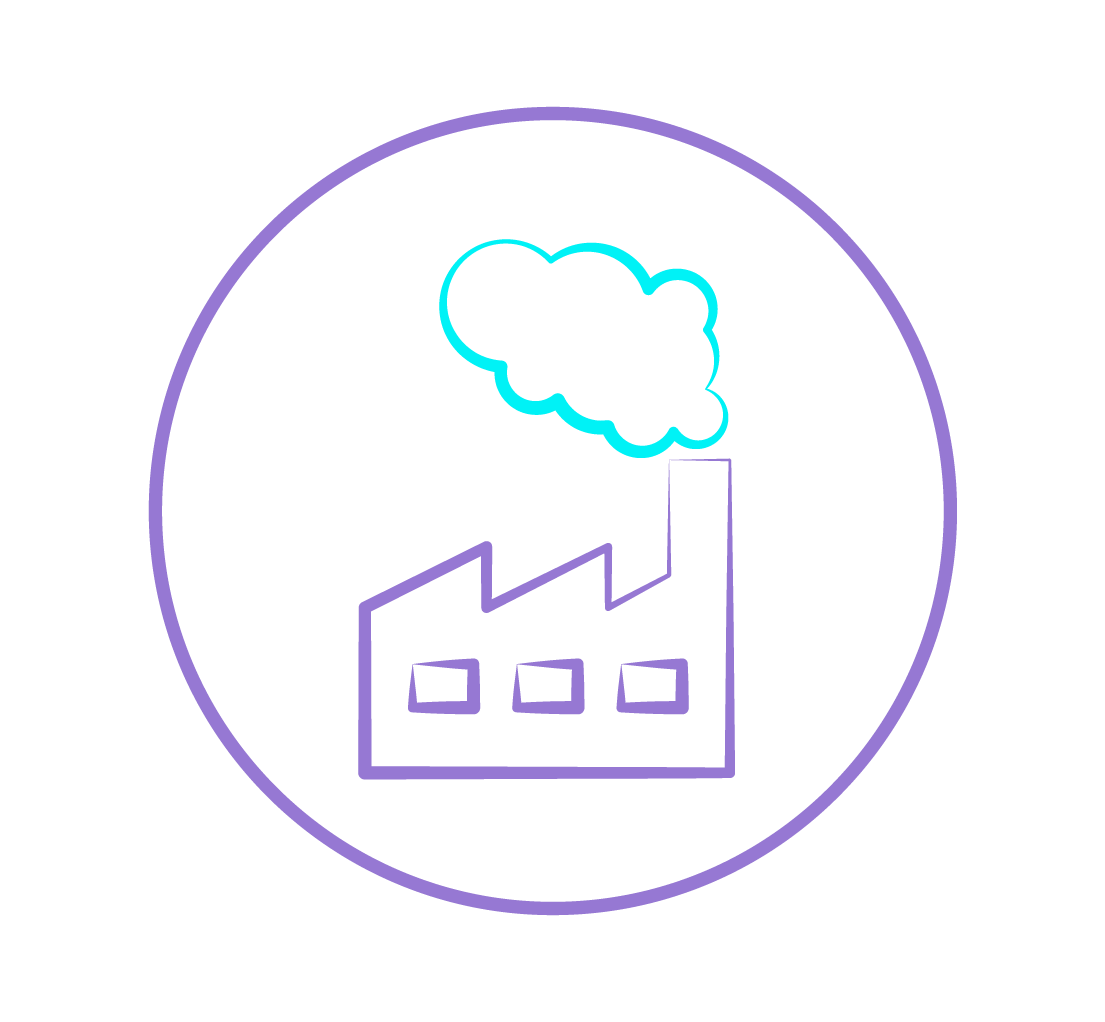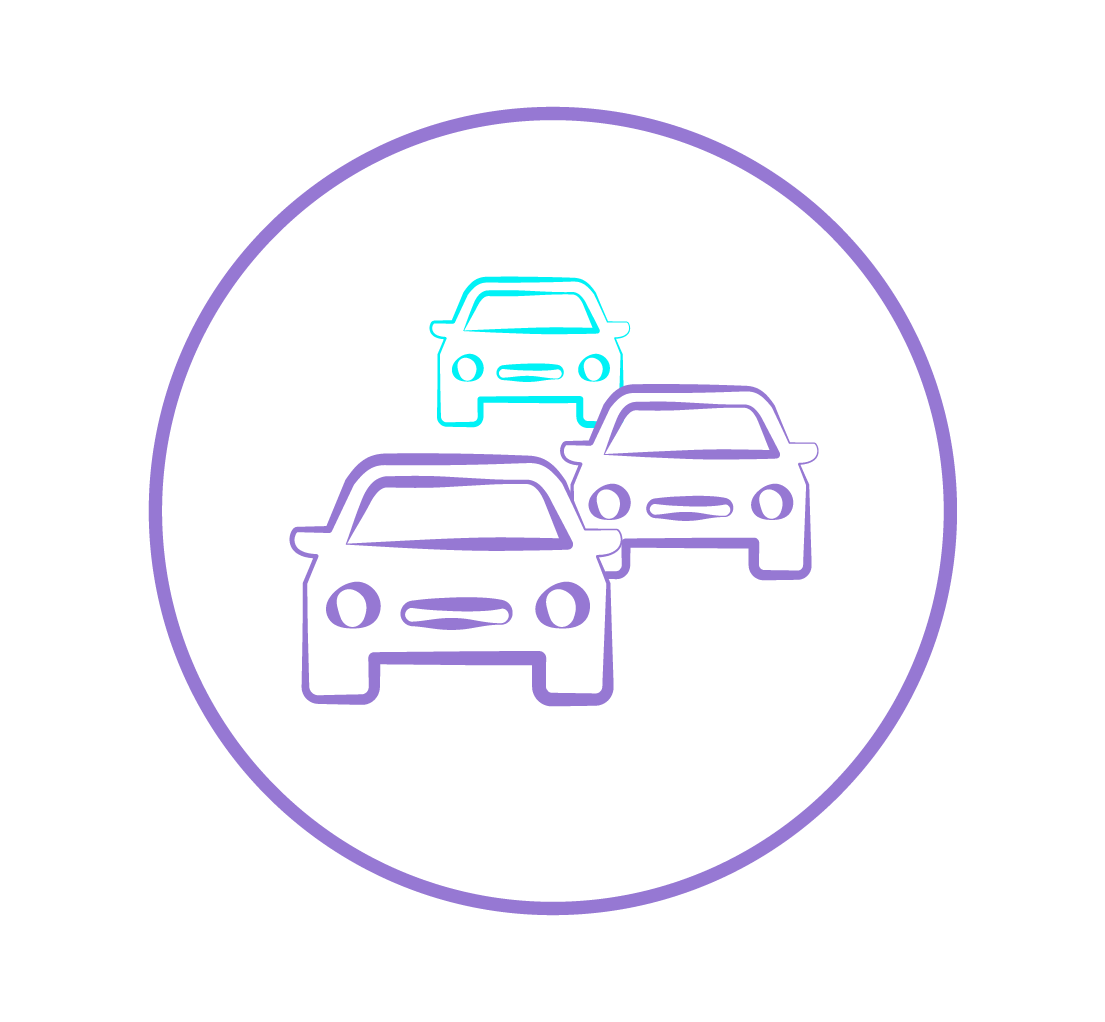MANAGEMENT OF AIR POLLUTION EFFECTS ON RESPIRATORY HEALTH
Clean breathing matters to health. Increasing public awareness of air pollution and the burden of disease that it imposes on individuals, families and society is an essential step toward making the changes that will improve public health.
Patients need to be informed about the adverse impacts of air pollution on their respiratory health and how they can protect against and minimise exposure to air pollution. Avoidance of the source of air pollution is commonly reported as the best strategy to help minimise respiratory symptoms related to air pollution.
However, avoidance of exposure to both indoor and outdoor pollutants is challenging in most geographical regions. Along with behavioural changes, protective measures such as nasal filters, masks and dietary supplementation, may help to reduce the effects of air pollution and manage the associated symptoms.
Here, The Clean Breathing Institute discusses strategies to minimise the adverse impacts of air pollution on respiratory health.

The need to raise awareness of the health impacts of air pollution
Despite the well-documented negative effects of air pollution on health,1 there appears to be a lack of public understanding and awareness in this area.2 There is a need for greater understanding of the long-term effects of poor air quality and of the positive action people can take to reduce their exposure to air pollution. A recent US survey found that only 3% of adults with existing respiratory and heart disease had discussed strategies to reduce their exposure to air pollution with a health professional.3 In a companion survey among health professionals in the US, it was found that most respondents were not talking with their at-risk patients about limiting their exposure to air pollution.4
The health effects resulting from exposure to air pollution
Though the respiratory system has
Pollution levels can be high in the following situations:
- Near busy roads, in urban areas (especially during rush hour), and in industrial areas
- When there is smoke in the air from wood stoves, fireplaces, campfires, or wildfires
- Hot, sunny, humid days with stagnant air have higher particle concentrations than days when the air is partially ‘scrubbed’ by rain or snow
- When fine particles outdoors penetrate into homes and buildings – high levels of outdoor particle pollution can elevate particle pollution levels indoors
Exposure to high air pollution levels can:6–11
- Cause or worsen symptoms such as coughing, wheezing and shortness of breath
- Increase the number of hospital admissions for respiratory conditions – an estimated 1% increase for every 10 μg/m3 increase in PM10
- Increase the risk of death from lung conditions
How does exposure to air pollution compare with smoking?
When communicating the health risks of air pollution to patients, the risks can be compared with those from other sources, such as environmental exposure to tobacco smoke.2,12
Air pollution can be as damaging to respiratory health as passive smoking. Living alongside a major road carries a health risk similar to that associated with passively smoking 10 cigarettes per day.13
However, the risk to health associated with active smoking is greater than for air pollution. Long-term exposure to fine particulate air pollution in a highly polluted city was estimated to reduce average life expectancy by approximately 3 years, compared with an 8-year reduction in life expectancy for a moderate, active smoker.14,15
Strategies to reduce exposure to air pollution
Although we cannot completely avoid exposure to air pollution, taking simple steps to reduce exposure will reduce the severity of lung and systemic adverse health effects in both healthy and at-risk individuals.
Advise patients to:
- Be aware of the local air quality and ways to check this
Up-to-date information about local air quality and air quality alerts are widely available in many countries, and air quality agencies may issue alerts when pollution levels are high16–19
- Take steps to reduce exposure when pollution levels are of concern — particularly important for people with lung or cardiovascular disease, for children and the elderly, and for those with symptoms such as
cough or sore throat20,21- Minimise time spent in traffic-congested areas — walk
along side roads instead of main roads where possible12,21 - Avoid or reduce strenuous activity outside at times and locations where pollution levels are high12,20,21 — but note that exercise has health benefits, which will often outweigh the risk from air pollution21,22
- Minimise time spent in traffic-congested areas — walk
HOW CAN THE EFFECTS OF AIR POLLUTION BE MANAGED?
The overall goal should be to protect against and minimise exposure to air pollution, rather than simply treating the resultant symptoms.
Protective barriers, including nasal filters and masks, may help to reduce exposure to air pollutants and allergens when avoidance is not possible, for example in large cities. However, their efficacy varies substantially depending on the design and material used23, and there is currently limited evidence to recommend their use.21
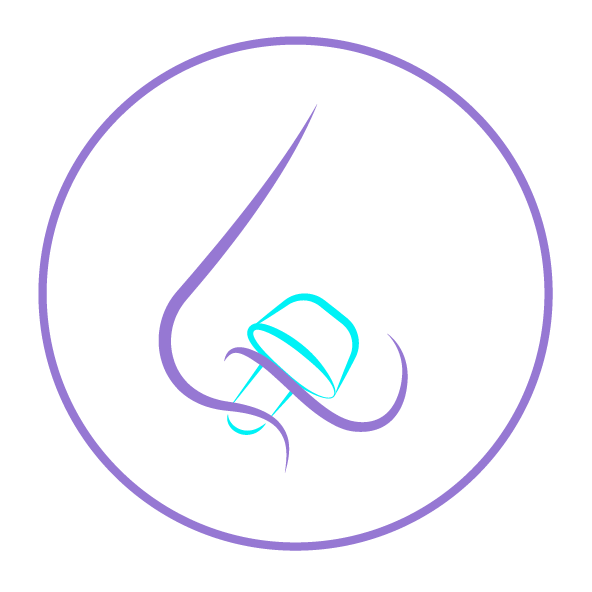
Nasal filters
Nasal filters are effective in reducing the symptoms of allergic rhinitis24,25 and may reduce the effects of air pollution.25 Due to the ability of these products to filter pollen from inspired air, it is reasonable to assume that they could filter pollutants of similar size. However, there is currently a lack of evidence demonstrating a link between filtration capacity of a nasal filter and any subsequent reduction in air pollution-related respiratory symptoms. This is an area for future exploration alongside aspects of filter design. Constraints on the design of nasal filters include the need to be discreet, comfortable to wear, aesthetic and easy to use while conforming to variations in nostril shape to ensure a good fit and seal to enable effective filtration.25
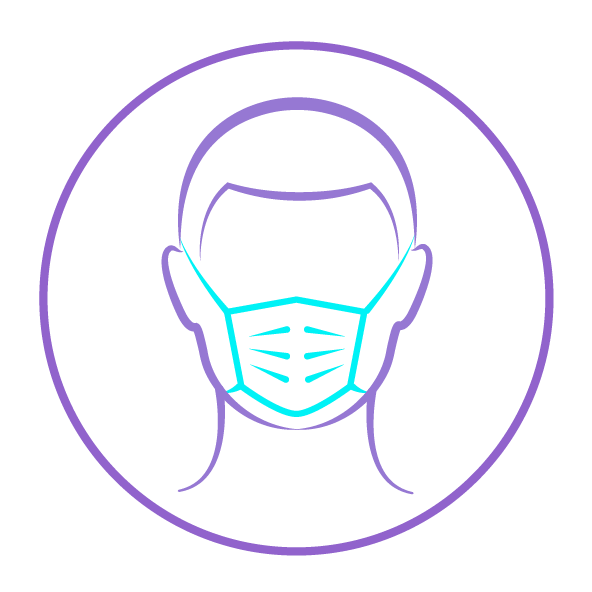
Masks and respirators
Face masks are commonly used in some parts of the world to reduce exposure to air pollutants. Some types of mask are effective for filtering outdoor particulate matter, and may reduce the respiratory and cardiovascular health risks associated with severe pollution.21,26
However, masks must be fully sealed between the face and edge of the mask to be effective;21 a recent study found that many commercially available disposable face masks do not provide adequate protection because of poor facial fit.27 The authors called for more rigorous testing of air pollution masks, similar to that required for workplace masks.
At present, commercially available masks cannot efficiently remove gaseous pollutants.21 Masks can also be uncomfortable to use and breathe through, sometimes leading to overheating, rashes and breathlessness.21,25
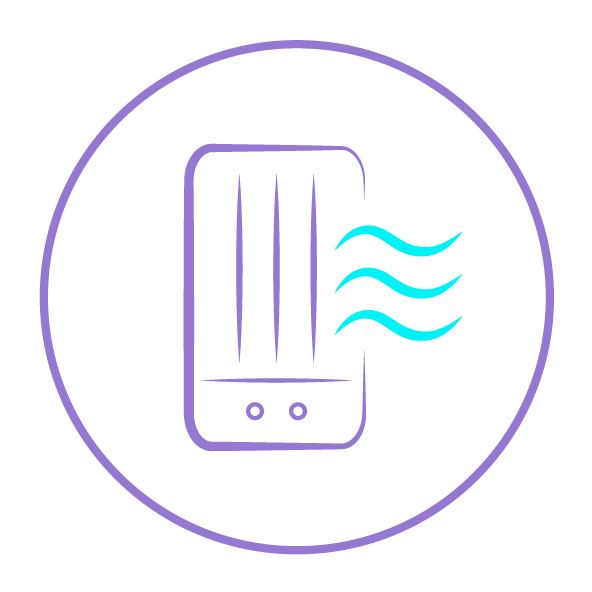
Air filters and monitors
Air filters and purifiers, in the form of household systems or portable air cleaners, provide improvements in indoor air quality, reducing exposure to particulate matter and allergens.28,29 Portable air monitors may have a role in notifying at-risk individuals when pollution levels are high.26
How can symptoms associated with exposure to air pollution be relieved?
There are currently no specific treatments for relieving air pollution-related symptoms; in order to develop effective treatments for relieving these effects, those symptoms must be better characterised and distinguished from general symptoms of infection and allergy.
Current treatments for respiratory conditions are effective and well tolerated; however, specific evidence is needed to support the efficacy of these treatments for the relief of air pollution-related symptoms.
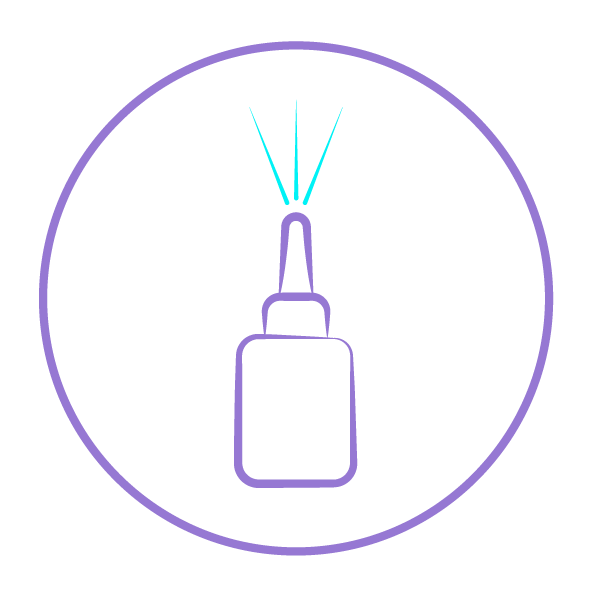
Nose
Nasal irrigation, sprays and saline rinses may provide relief of irritant rhinitis by cleansing the nose of irritant particles and improving mucociliary clearance.30–32
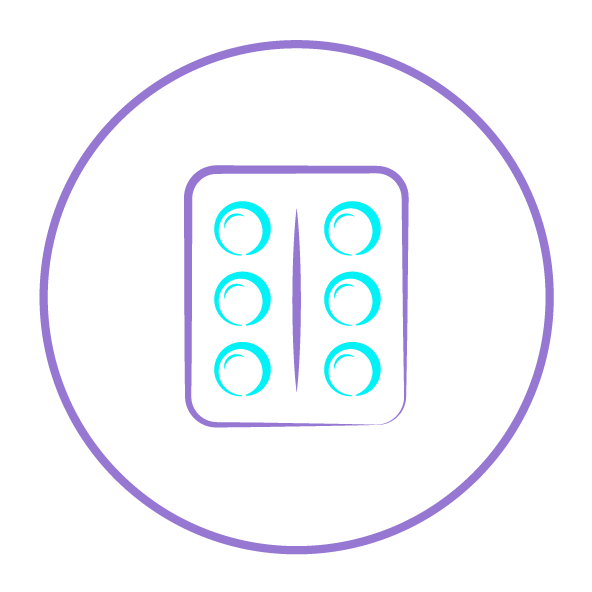
Nose and throat
Decongestants, anticholinergics and antihistamines may relieve congestion, runny nose, itching and sneezing.31,33,34

Throat
Cough suppressants, expectorants, throat sprays and lozenges may help relieve symptoms of cough and dry throat.35–37

DIET
Nutrients such as vitamins A, C and E and polyphenols, found in many types of plant-based foods, may enhance the body’s antioxidant defences, reducing oxidative stress and facilitating detoxification.7,26,38
There is some evidence to suggest that carotenoids, vitamin D and vitamin E may help protect against pollution damage which can trigger asthma, chronic obstructive pulmonary disease and lung cancer initiation. Vitamin C, curcumin, choline, sulforaphane and omega-3 fatty acids may also play a role.21,39
However, it is very difficult to design robust randomised studies to examine the effect of nutrition in protecting against air pollution. This is because of the confounding factors of diet, obesity, co-morbid illness, medication and environmental exposure.
Other resources for health professionals to learn more about the health effects of air pollution
| Resource | Information |
World Health Organization guidelines.1
|
The World Health Organization sets recommended limits for health-harmful concentrations of key air pollutants both outdoors and inside buildings and homes, based on global synthesis of scientific evidence. |
|
|
The guideline covers road traffic-related air pollution and its links to ill health. Published in 2017. |
Environmental Protection Agency. Particle pollution and your patients’ health.41
|
An online course by the Environmental Protection Agency with continuing education credit offered by the Centers for Disease Control and Prevention. Published in 2017. |
European Respiratory Society. Air pollution and respiratory e-learning.42
|
Online module on air pollution and respiratory health with interactive case simulations and engaging case discussions with continuing education credit offered by the European Respiratory Society. Published in 2018. |
|
|
The report integrates the latest science into a general framework for interpreting the adversity of the human health effects of air pollution. Published in 2017. |
Government of India. Steering Committee on Health Related Issues on Air Pollution.44
|
A report of the steering committee established by the Ministry of Health and Family Welfare, Government of India, which aimed to collate and appraise evidence linking air pollution exposure to adverse health effects at Indian and global levels, and provide recommendations for policy. Published in 2015. |
|
|
A review of the effects of the Air Pollution Prevention and Control Action Plan on long-term air quality management and the related health impacts in China. Published in 2018. |
Act now to reduce the health impacts of air pollution
Join the TCBI community to keep updated with the latest news and research.
Download our literature review and our advisory meeting summary to find out more about managing the health effects of air pollution and how to minimise exposure to air pollution.
RELATED ARTICLES

HEALTH BURDEN
Almost every country in the world is affected by air pollution and exposure has been linked with a range of health effects, including increased morbidity and mortality, and respiratory diseases.

RISK FACTORS
The respiratory tract is our first line of defence against pollution. So when pollutants stop it from doing its job, some people are at greater risk than others.


